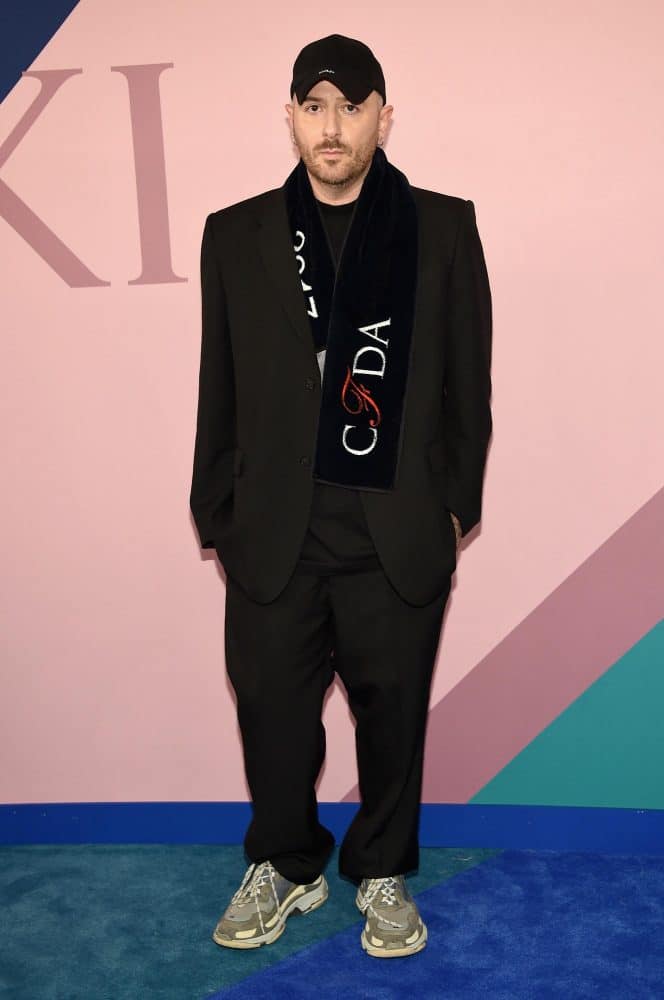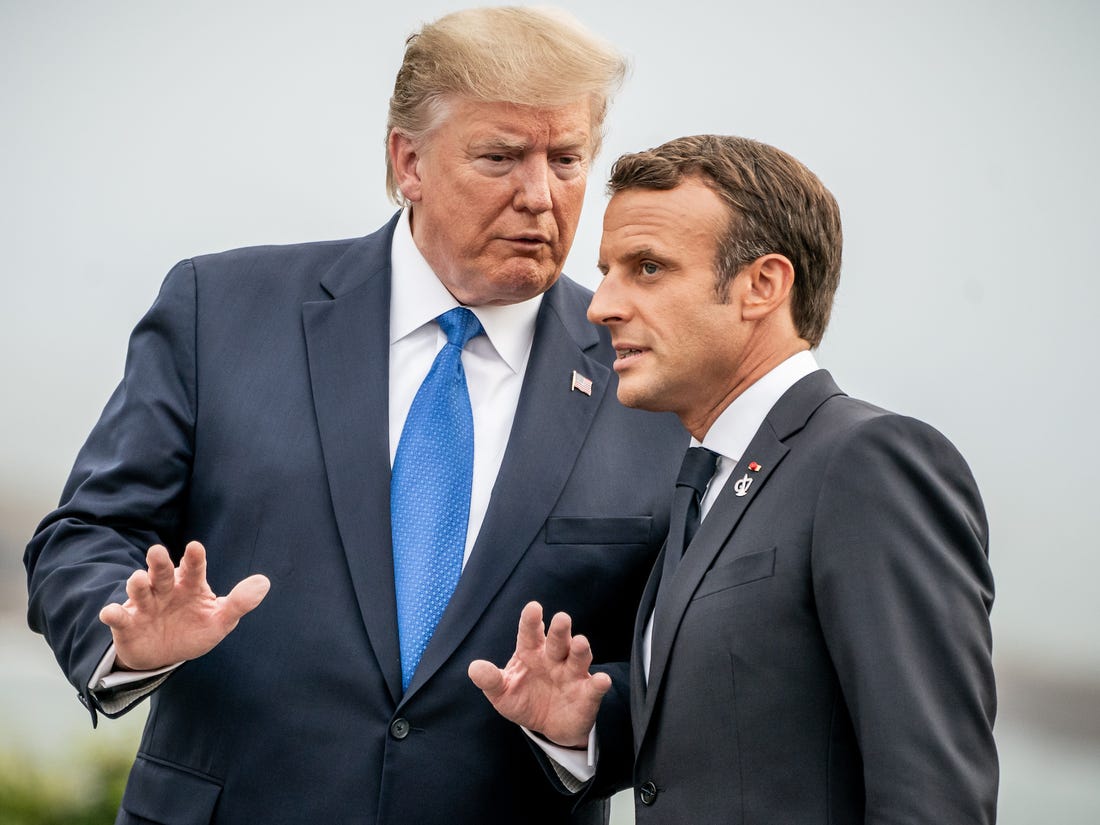The company has acquired the second largest rough diamond in the world. The Sewelô, that’s its name, will be presented this Tuesday in Paris in its carbon shell.
By Luxus Plus
A handful of hand-picked customers will have the chance to discover this gem at its official presentation today in Paris.
Thanks to Sewelô, LVMH hopes to establish itself in the very closed circle of fine jewellery. The term “Sewelô” means “rare discovery” in the Tswana language, spoken in Botswana where it was mined. The diamond has not yet been cut or even polished, and therefore remains mysteriously hidden under its original black carbon envelope. With a total weight of 1758 carats or about 350 grams, which corresponds to a tennis ball, it is the second largest rough diamond in the world after the “Cullinan” and its 3100 carats, discovered in South Africa in 1905.
An incredible discovery
Last week, Lucara Diamond, the Canadian company that owns the mine from which the stone was extracted in April 2019, unveiled an agreement with Antwerp-based diamond cutter HB Company and the French firm Louis Vuitton. “The objective of this collaboration between a mining company, a cutter and a major luxury brand will be to plan, cut and polish a collection of diamonds from Sewelô,” the mining group said. It said it would earn “50% interest” on the price of the polished diamonds, while “5% of the total sales proceeds” would be reinvested in community projects in Botswana.
The Antwerp-based head of public affairs for the diamond producers’ association told AFP after speaking to experts who have held the stone in their hands: “It has real potential. We can already imagine all that can be created from this unique diamond”. She added: “It’s an incredible discovery that can only be made in nature, with the magical power that only natural diamonds can have”.
The CEO of Louis Vuitton emphasizes the brand’s search for transparency thanks to the fact that few jewellers present stones in their raw state: “High jewellery doesn’t show what goes on behind the scenes. We are totally transparent about the mine where the diamond comes from and we involve the end customer in the creation of the final stone”. This transparency shown by the LVMH group is intended to show its expertise in the jewellery sector, as since 2009 it has been focusing particularly on custom-made pieces.
This operation by Louis Vuitton “also comes at a time when its parent company LVMH has just bought the jeweller Tiffany (for $16 billion), which shows that it is investing in the whole sector and that it is an extremely important player that inspires confidence,” notes Raluca Anghel.
With “Sewelô”, the company also wants to “enrich its aura and position itself on an ever more upscale offer, to attract very large clients through exclusive products,” analyses Arnaud Cadart, portfolio manager at Flornoy & Associés. For him, Louis Vuitton is “going ever further in a territory that was previously reserved for the jewellers of Place Vendôme”, the sanctuary of high luxury in the French capital.
Louis Vuitton has still not revealed any information on the market value of the diamond jewel, which can only be evaluated after polishing.









